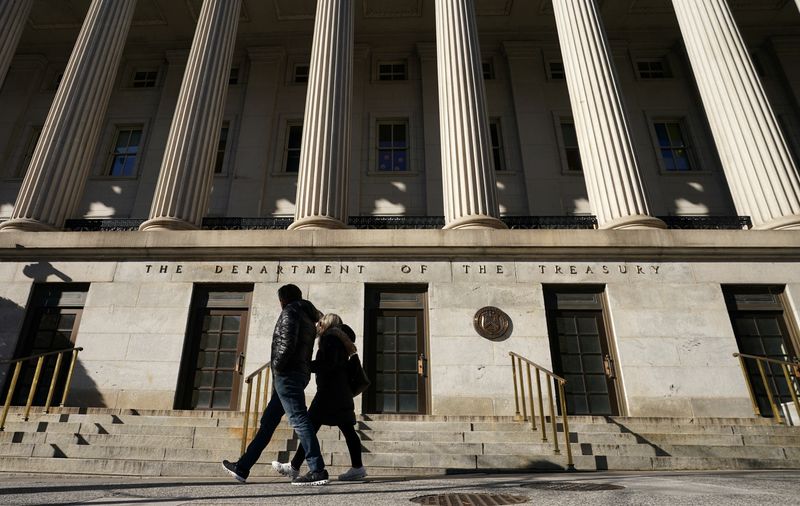UK budget looms, and analysts look at the implications

Investing.com – The Labour Party is set to deliver its first UK budget in 14 years later this week, amid speculation of big increases in public spending and tax to fund infrastructure investment.
Chancellor Rachel Reeves will deliver her Autumn Budget on Oct. 30, and has already confirmed that the event will include a new method for assessing the UK’s debt position – a move that will permit the Treasury to borrow more for long-term capital investment.
“We expect changes in debt calculations to lead to up to £36bn of extra spending in 2025-26 and £23bn of extra revenue, which could provide a modest boost to growth,” said analysts at Barclays, in a note dated Oct. 27.
“We calculate such a budget would increase GDP next year by around 0.2%, but would have a negligible impact on inflation.”
UBS sees the changes in debt rules providing the chancellor with around £50 billion of headroom to play with.
“The smart money would suggest she won’t use all of this. Keeping a buffer for the unexpected is always wise. But there is still sufficient scope for the
chancellor to avoid a much-feared bout of austerity and to start investing again in the economy,” said analysts at the Swiss bank, in a note dated Oct. 28.
The gilt market reaction will be critical, as it will be very sensitive to the effects that changes around the fiscal rules will have on the government’s financing requirement, especially in the wake of the turmoil that surrounded the unfunded tax cut plans of former Conservative Prime Minister Liz Truss two years ago.
“A gilt market meltdown is unlikely,” UBS added. “Also, fears that yields will still soar just to absorb the extra borrowing seem a little wide of the mark. Of course, the government will have to issue more debt to build schools, hospitals, prisons, or whatever. But, these are multi-year projects that don’t have to be paid for tomorrow. Thus, the actual amount of gilts issued in any given year should be manageable.”







